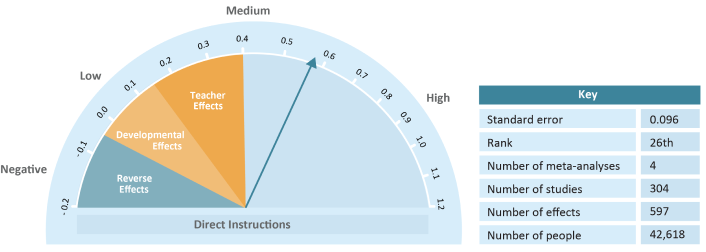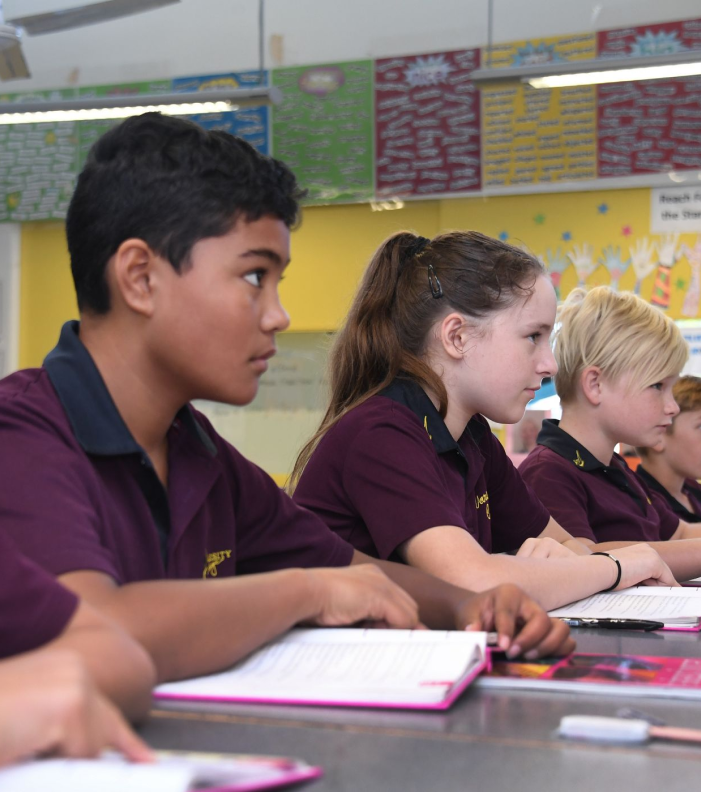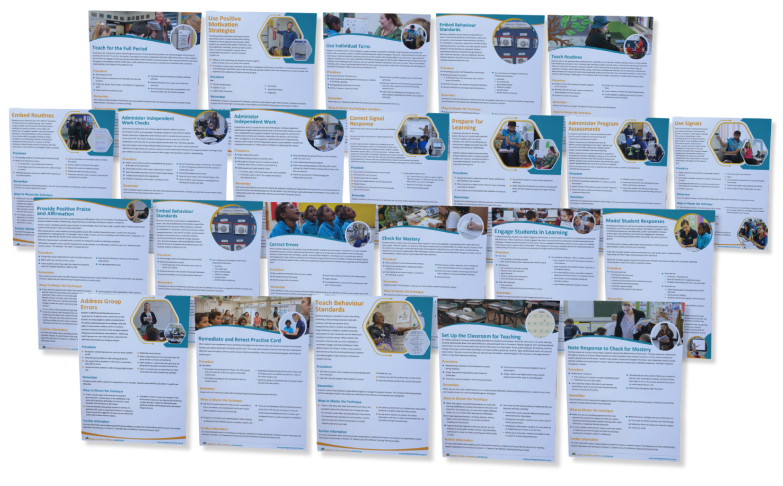Effective Teaching Techniques
Effective Teaching Techniques are strategies grounded in cognitive science that enhance student learning through dynamic instructional practices.
Professor John Hattie performed a meta-analysis of nearly 1,200 research studies on education.
He then developed the Barometer of Influences to measure the effect size of learning influences on student achievement. He combines the suggested impacts of various interventions to arrive at an effect size.
The average effect size is 0.4, which is considered the standard rate of progress from one year of schooling. The maximum effect size is around 1.6. This rate accelerates students who are behind and advances all students at a faster rate than standard progress.


Learn Effective Teaching Essentials:

Characteristics of Effective Teaching
- Clear and Direct Information: Each lesson presents information explicitly.
- Interlinked Learning Schemas: Content forms a comprehensive framework, supporting learning continuity.
- Defined Learning Goals: Lessons include specific objectives clarifying the expected outcomes.
- Incremental Information Build-up: New content builds on previous lessons, fostering skill development over time.
- Gradually Complex Skills: Skills evolve from simple to complex, ensuring initial success and ongoing challenges.
Each lesson has:
- information presented explicitly and unambiguously
- content that is part of a comprehensive learning framework
- limited new information that builds on skills from the past lesson and reoccurs throughout subsequent lessons
- skills that are initially acquired easily but become increasingly complex so students are continually challenged
- skill development set out in sequenced learning progressions, building on recall of previous information
- regular checkpoints to check student mastery
- adjustments and strategies to address gaps in learning before retesting students and moving on
- built-in pedagogical scaffolding to keep engagement high.

Access a Toolkit of Teaching Techniques Posters
Enhance Classroom Practice with Practice Cards
Practice Cards provide instant professional development, offering concise and actionable insights for teachers to enhance their classroom methods and boost student achievement.
You can view them online, download them on your personal devices or print them.
Each card features:
- visual demonstrations of each practice
- explanation of the practice benefits and implementation
- detailed instructions for practical application
- suggestions for mastering the practice
- guidance on further training and information.

